It’s hard to understand the story of any Silent Hill game at the best of times. Silent Hill: The Short Message is no exception, and we’ve been uncovering more of its story since we finished it a few hours ago.
There’s so much to unpack in the story of Silent Hill: The Short Message. It deals with many themes, such as bullying, isolation, social media, and mental health. However, it does all this in a way that is quintessentially Silent Hill. In this article, we’ve done our best to explain the broad strokes of the story so anyone can follow along and get a clearer idea of what happens through each of its three chapters.
Related: How Silent Hill: The Short Message is Connected to the Silent Hill Universe
Silent Hill: The Short Message Story Breakdown
There are three chapters in Silent Hill: The Short Message. To help make this explanation of the entire story as readable as possible, we’ve split it up into those three chapters so players can read where they’re up to or cover the whole game.
Chapter One
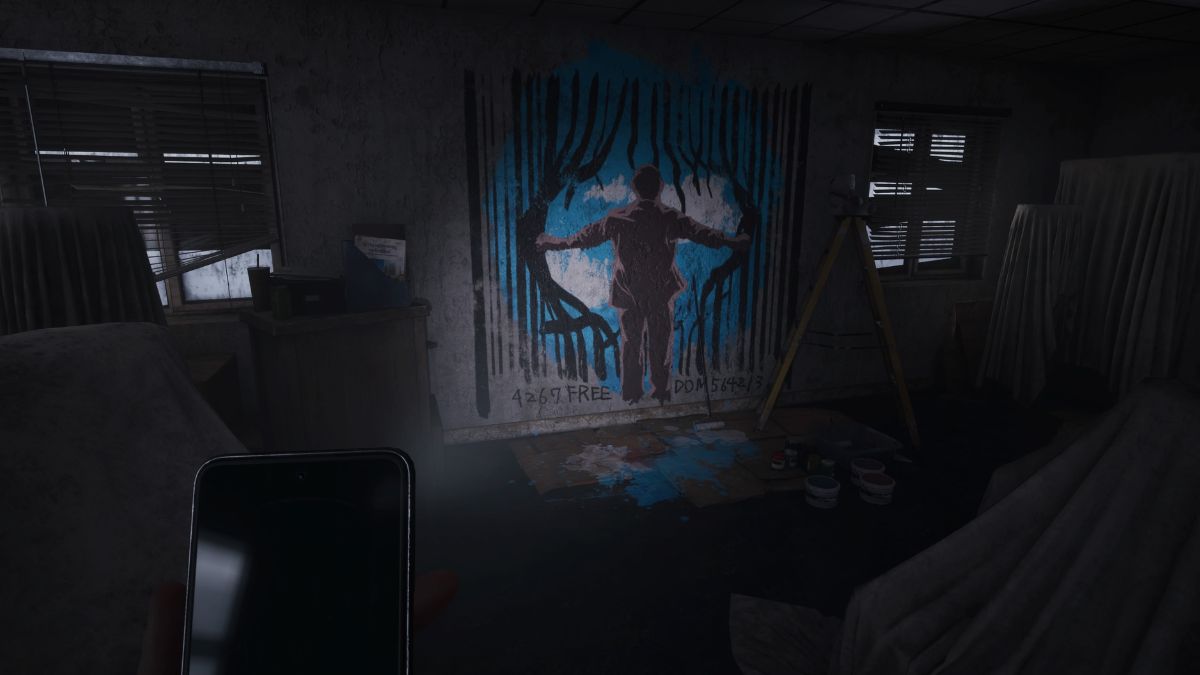 Screenshot by Gamepur
Screenshot by Gamepur
The game begins with protagonist Anita coming to an apartment building in search of her friend Maya. As she explores, players uncover art that Maya has created. Most of this section of the game sees players uncovering notes about the building and how it fell into disrepair during the COVID-19 pandemic.
We see a flashback of Anita meeting Maya who asks “What are YOU hiding?” and text conversations between Anita and another friend, Amelie. It’s clear Anita is always looking out for her friends, caring and asking if they’re okay.
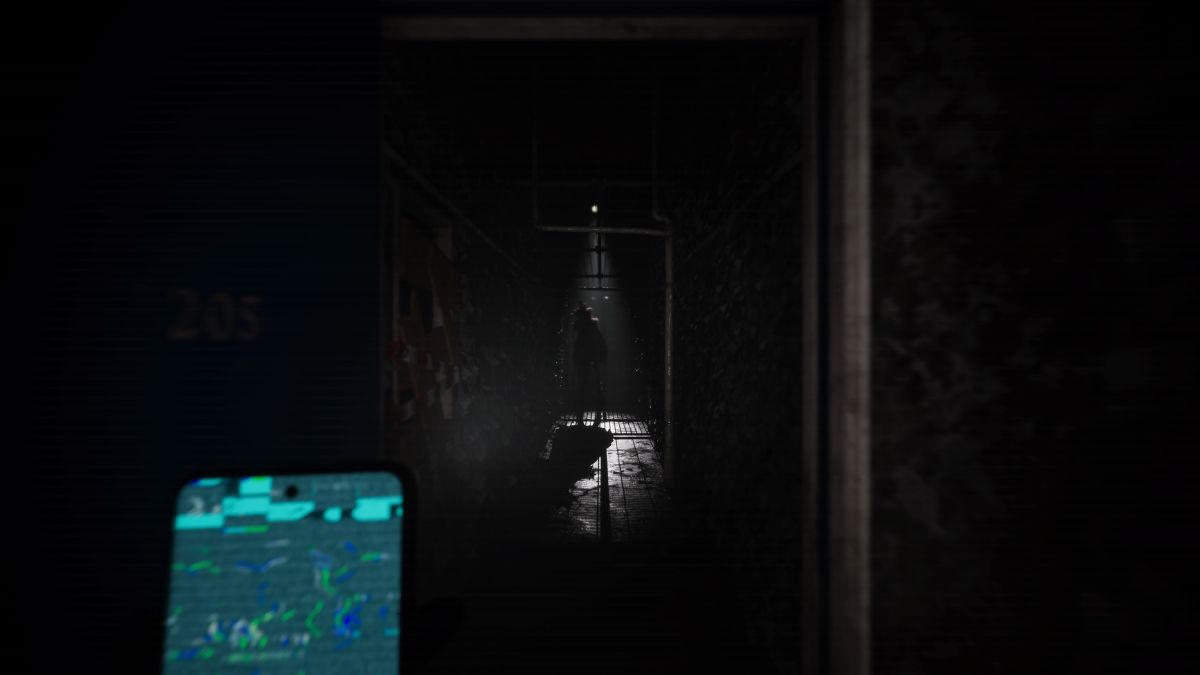 Screenshot by Gamepur
Screenshot by Gamepur
The walls change, and notes with nasty words appear all over the building’s corridors. These represent things people have said to Anita, and signify the transition to Silent Hill’s otherworld. In Silent Hill: The Short Message, the otherworld is shaped by Anita’s self-loathing, and these walls cover most of the metal that players are used to seeing.
The transition is triggered when Amelie asks Anita how she is, and she deflects. A monster rushes Anita and she must run to escape it. After discovering more of Maya’s artwork, Anita has a breakdown about her social media presence and lack of followers. The game puts a heavy emphasis on how social media is a type of fog, linking it with the fog most protagonists see in Silent Hill when they visit the town.
After a second chase, Anita ends up on the roof of the building. She discovers Maya is dead, and then believes she’ll garner a following if she dies too. So she jumps.
Chapter Two
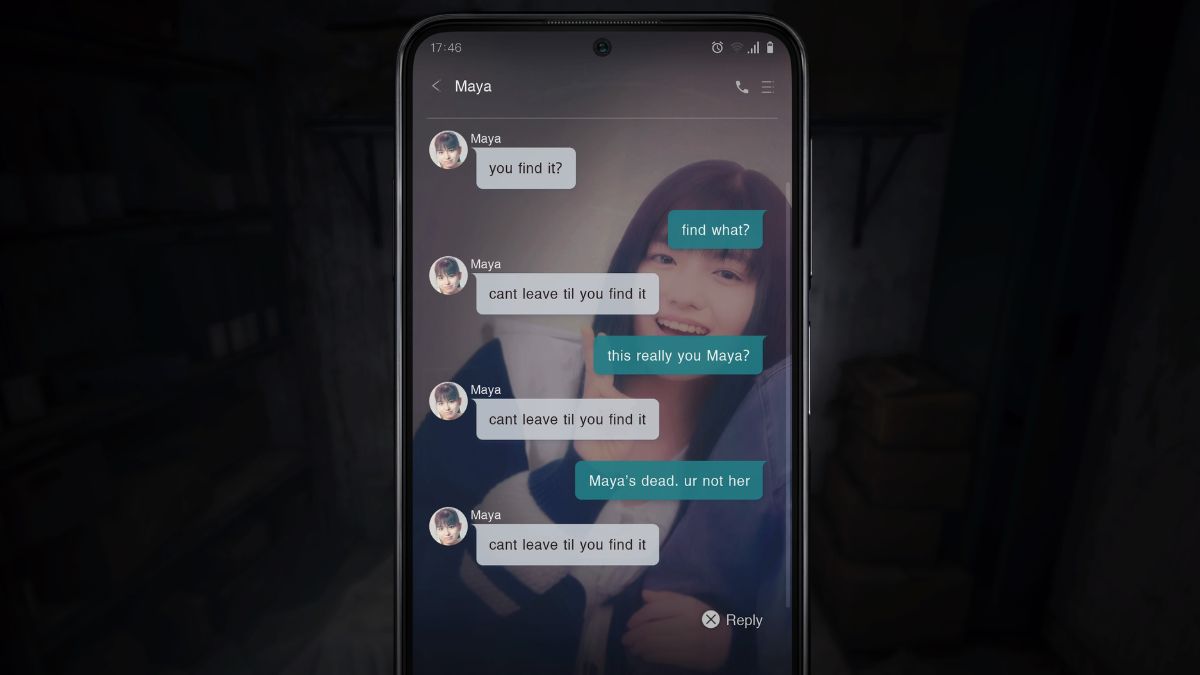 Screenshot by Gamepur
Screenshot by Gamepur
Anita wakes, finding she is unable to die. Maya texts her to tell her to find something, but Anita doesn’t know what. The same rooms are revisited, but Maya’s artwork is tarnished, and there are abusive messages about not being allowed to eat placed on fridges.
One scene sees Anita surrounded by creepy mannequins after looking for abusive comments on social media. This shows how comments from strangers someone will never meet can make them paranoid about those around them in real life.
 Screenshot by Gamepur
Screenshot by Gamepur
The exterior of the apartment building now sits in a void. This is common in Silent Hill, with the lack of access isolating characters. As Anita explores more rooms, she uncovers moving trash bags, which we believe is a metaphor for how she feels. It’s as if she has been thrown away, though players will see this more clearly soon.
The next apartment is Amelie’s. Anita receives texts from Amelie about going shopping and how she doesn’t like her brother being around. Anita ignores her and insists she’s too ugly for clothes, so she won’t go. But this missed the real point Amelie is trying to make.
In this apartment, Anita remembers how Amelie was leaving for university, abandoning her. She also finds notes about Amelie’s parents fighting and how she really doesn’t like the way her brother looks at her. Anita is then transported to a school hallway where she relives some of the bullying she went through.
The reason for this bullying is that Anita is different. She liked to play with tarot cards, and students called her a witch. This is what her mother called her as a child, and her grandmother was allegedly a witch and hunted down before Anita was born.
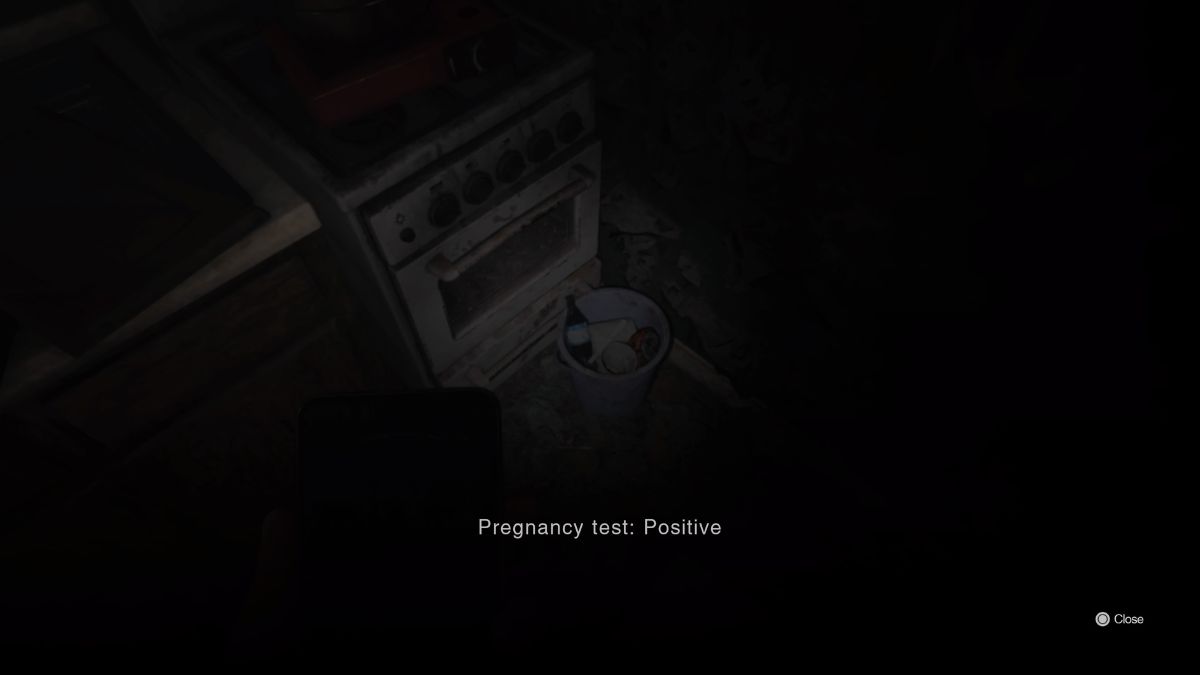 Screenshot by Gamepur
Screenshot by Gamepur
After another monster rush encounter, players find Maya’s sketchbook. Inside is a picture Anita’s never seen, one of a boy. There’s a discarded pregnancy test in this same room, and we believe it’s Maya’s. Though this is never explicitly outlined in the game, these pieces show us a picture where Maya became pregnant by a boy who didn’t love her, so he left her.
Whatever the result, Maya lives with that pain. Even though she regains some level of happiness, she still feels that pain now and then. The next section takes players to a library where Anita texts Amelie again, and they speak about how Maya seemed fine before she jumped from the building, as if she were hiding her sadness.
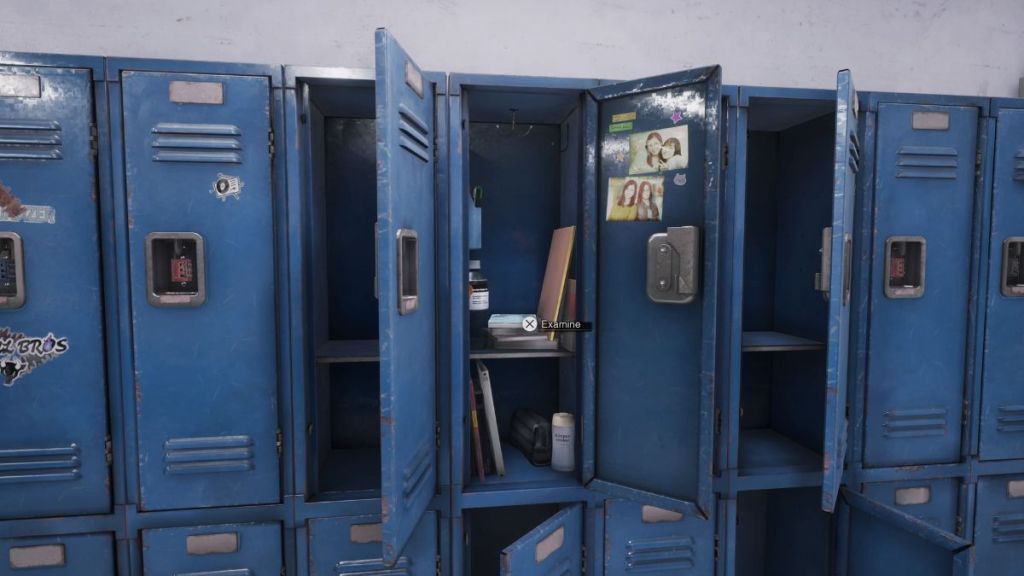 Screenshot by Gamepur
Screenshot by Gamepur
Anita now realizes she must find the book she gave to Maya, but she has to complete a puzzle to find the locker code to get it. Upon finding the book, Anita remembers that she gave it to Maya because the author committed suicide, and she wanted to attack Maya somehow, so she manipulated her into reading it.
She did this because Maya was obsessed with Amelie and cut Anita out. This is represented by the chains on the doors with Maya’s artist initials on. After another boss encounter, Anita confesses to Amelie before jumping from the roof again.
Chapter Three
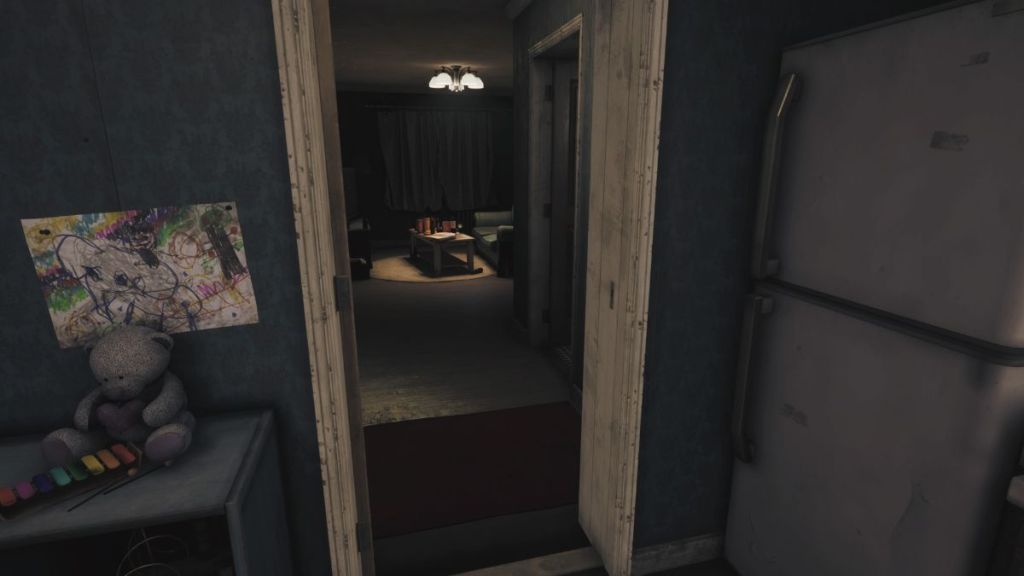 Screenshot by Gamepur
Screenshot by Gamepur
Chapter three starts with the building in the otherworld. Everything is metal grating and covered in abusive messages. Anita finds her old family apartment, even though it wasn’t in this building. As she explores the looping corridors, she shrinks and becomes the height of a child.
Notes explain how Anita’s mother abused her because she wanted a man to stick in her life. She felt like Anita was a burden and locked her away on multiple occasions. A fantastic moment of game design happens here when players are locked in the bedroom and must find a specific note before they’re released.
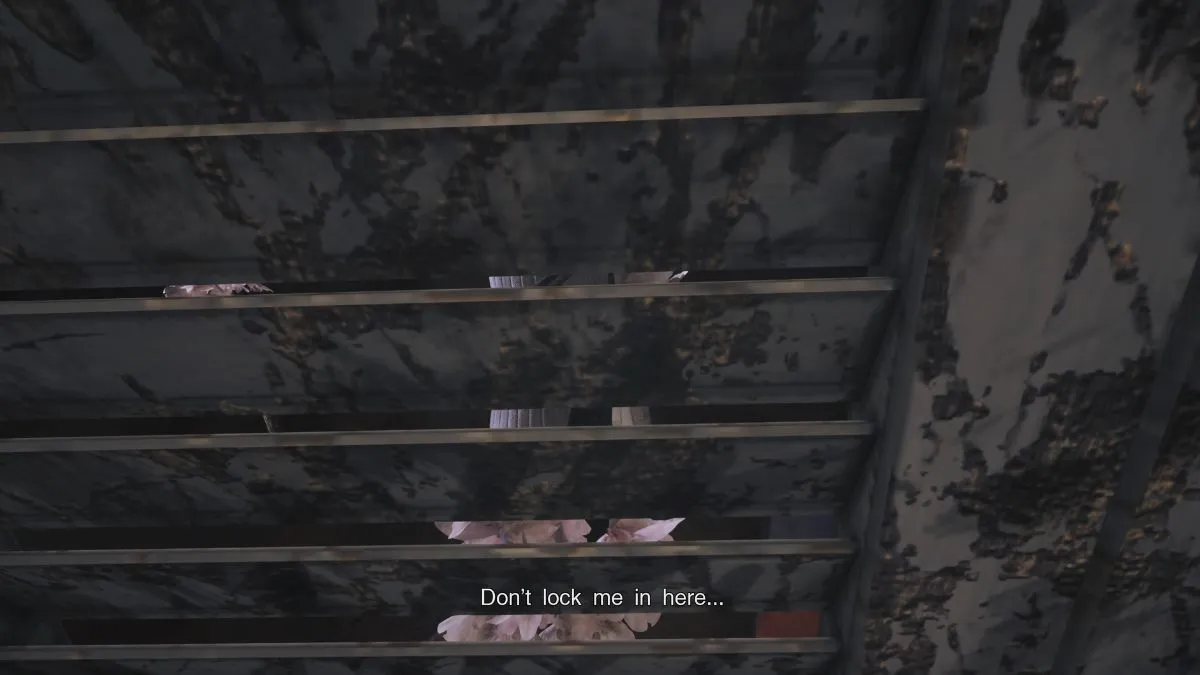 Screenshot by Gamepur
Screenshot by Gamepur
Anita is then locked in a cupboard, and players see the clothes her mother wore. Silent Hill takes this image and manipulates it with barbed wire to become the monster each time Anita has to run from it, and we realize here why the boss looks the way it does. It’s a combination of Anita’s mother and the cherry blossom flowers Maya puts in all her artwork.
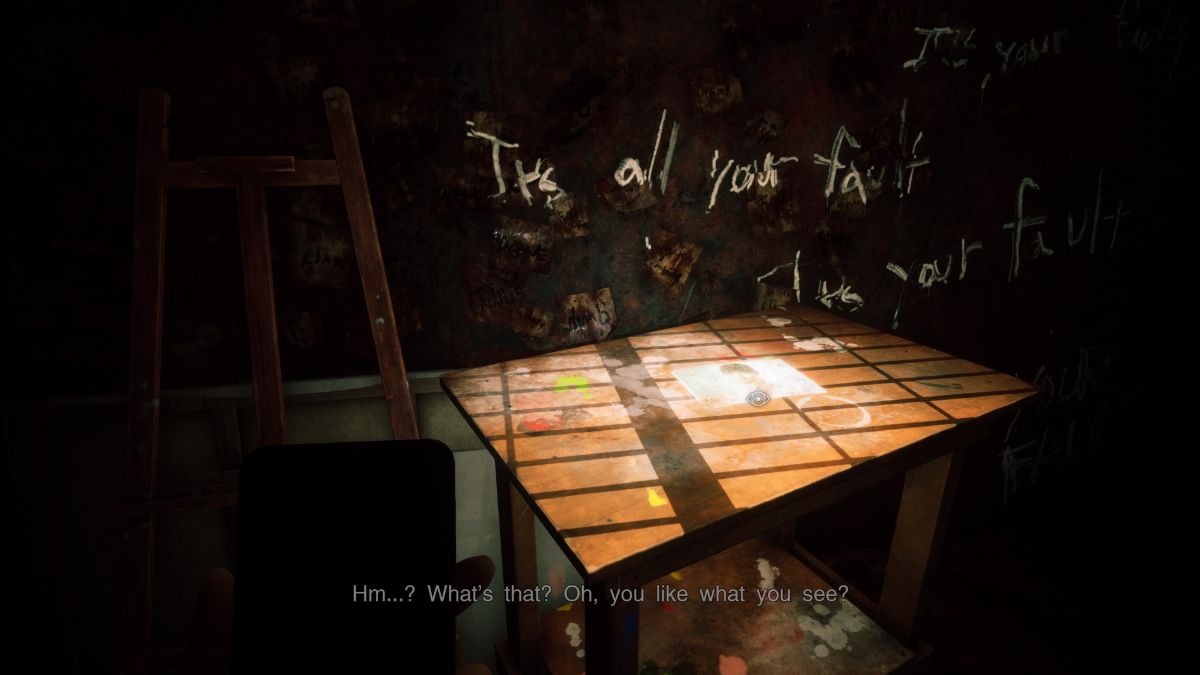 Screenshot by Gamepur
Screenshot by Gamepur
What follows these realizations is a boss fight where players must run from the monster and collect four pictures to unlock the door to the exit. Each picture is a link with a friend, a moment with Amelie, helping Anita see how she is loved, and her mother doesn’t have a hold over her.
Once Anita has escaped, she finds more of Maya’s art, a piece about her. It’s now she sees how Maya did notice her, and how she wasn’t isolated or alone, she just felt that way because of social media, bullying, and her insecurities.
After one more boss run, Anita is on the roof. She’s about to jump and tells Amelie so before hanging up, but Amelie stops her by telling her they will go shopping and talk about their feelings. This makes the fog disappear, and Anita breathes a sigh of relief.
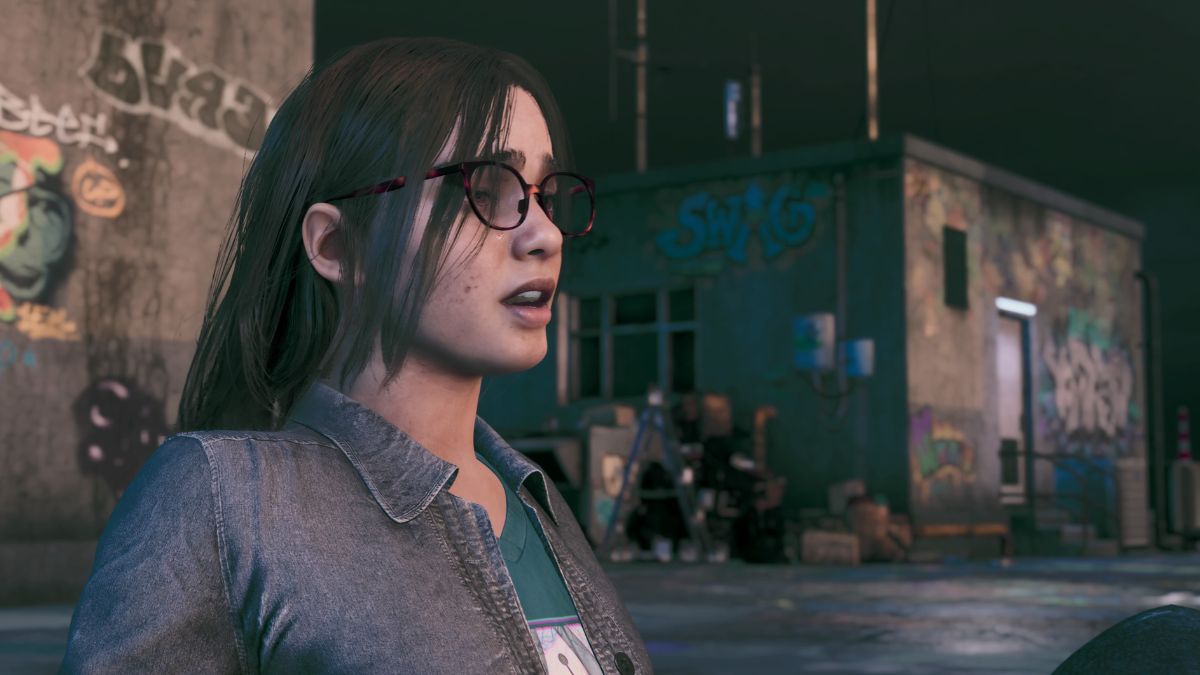 Screenshot by Gamepur
Screenshot by Gamepur
There are many metaphors for the anxiety and crippling depression school can cause so many people in Silent Hill: The Short Message. The most crucial point to take away is in the game’s name, though. A short message to someone in need can be the difference between life and death. Letting someone know they are loved can change how they see the world and themselves.
Why is it Called The Short Message?
There are many fan theories on why the game is called Silent Hill: The Short Message. One prevailing theory is that it’s a metatextual reference to the game itself. Given that the game is only an hour or so long, it is a short message. The message here is one of mental health awareness and loneliness. This fits close to another Silent Hill game called P.T, which stood for “playable teaser.” Of course, this isn’t the only interpretation, but it seems to match the themes the best.
Title theming isn’t the only thing the game has in common with P.T. Check out our article on whether Silent Hill: The Short Message is a sequel to P.T or not.
>>> Read full article>>>
Copyright for syndicated content belongs to the linked Source : Gamepur – https://www.gamepur.com/guides/silent-hill-the-short-message-story-explained































